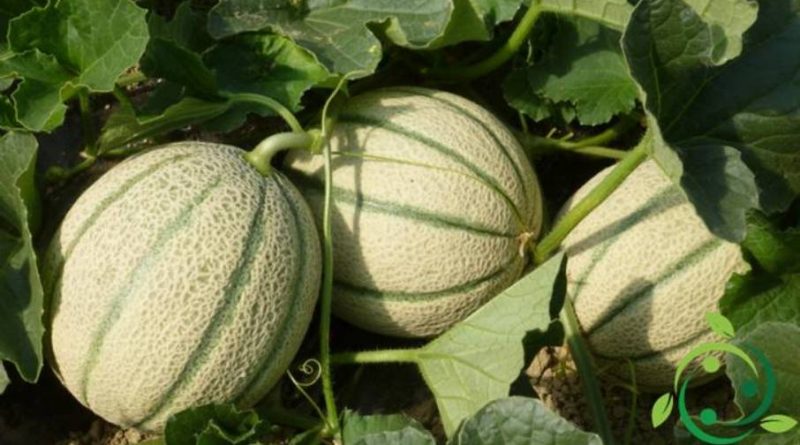How to grow the melon in a biological way
How to grow the melon in a biological way
The organic cultivation of the melon (Cucumis melo L., 1753) is a simpler technique than it seems on condition that some rules are respected. First you need to know that there are summer varieties and winter varieties. Winter varieties, such as yellow and green melons (such as the purceddu d’Alcamo), must be sown in the field at different times and depending on whether we have to consume them fresh or after conservation. So the collection times also change.
The yellow and green melons can be sown from the beginning of spring until May and the harvest is not yet ripe and consumed (after maturation in a dry and preferably in the dark) during the winter. The varieties for summer consumption must always be sown in the spring but consumed when natural maturation (between June and September) as they are not stored for long periods.
The important thing is that for the growth the optimal temperature is between 25 and 30 degrees. The sowing can ultimately start from March (preferably in seedbeds) until May. The minimum temperature in which to transplant or plant in the open field the seedlings must exceed 12 ° C.
For the choice of the site must be considered that it must be in full sun, warm climates, light soils, deep and perfectly draining. The stagnations are the worst conditions for these plants and for a better care of your cultivation you have to clean the soil from the weeds or, better, adopt the vegetable mulch. The latter is recommended because it allows the fruits to rest on a vegetable substrate not in contact with the soil. The recommended sixths can be of 60 cm in the framework or, if carried out a consociation, in coupled rows with the associated plant (also of 40-50 cm) and 60 in the rows. Among the consociations I recommend lettuce and kidney bean. The seeding in the open field is done by putting in the same postar the more seeds and then leaving the more robust one.
These plants to grow well need frequent irrigation, to do without wetting the plants, and a good initial endowment of organic substance mixed with ash obtained from the burning of pruning residues or herbs of your garden (fertilization that should be done a few weeks before of sowing). The irrigation will then be thinned out when you approach the ripening of the fruit to get them richer in sugary substances.
Another fundamental technique is that of the topping that will be carried out with the following method: as soon as the plants start to develop, it is necessary to cut them obliquely at the fourth leaf. Thus, two side branches will be born, to which the same operation will have to be carried out. From each branch you will have a fruit and, in doing so, from the same plant you can have more fruits at the same time. Even after fruit formation the topping must continue to be carried out; the branches must be cut at the height of the third leaf (at the formation of the fifth). This technique allows to concentrate the nutrients on the fruit and not for the excessive vegetation of the plant.
For the harvesting period (if they are not the ones to be conserved for the winter) it must be done when the peel assumes the so-called lattice shape. The fruit should be harvested with a clean cut just above the branch that bears the fruit.
For the dangers photos health, in addition to the precautions to be taken to avoid rotting, we remind you not to use nitric fertilizers (neither before nor even during cultivation), to make large rotations so as to never return melons if not after four years in the same plot, to operate the consociations and to use neem oil and nettle macerated to fight red spiders, aphids and cochineals.

